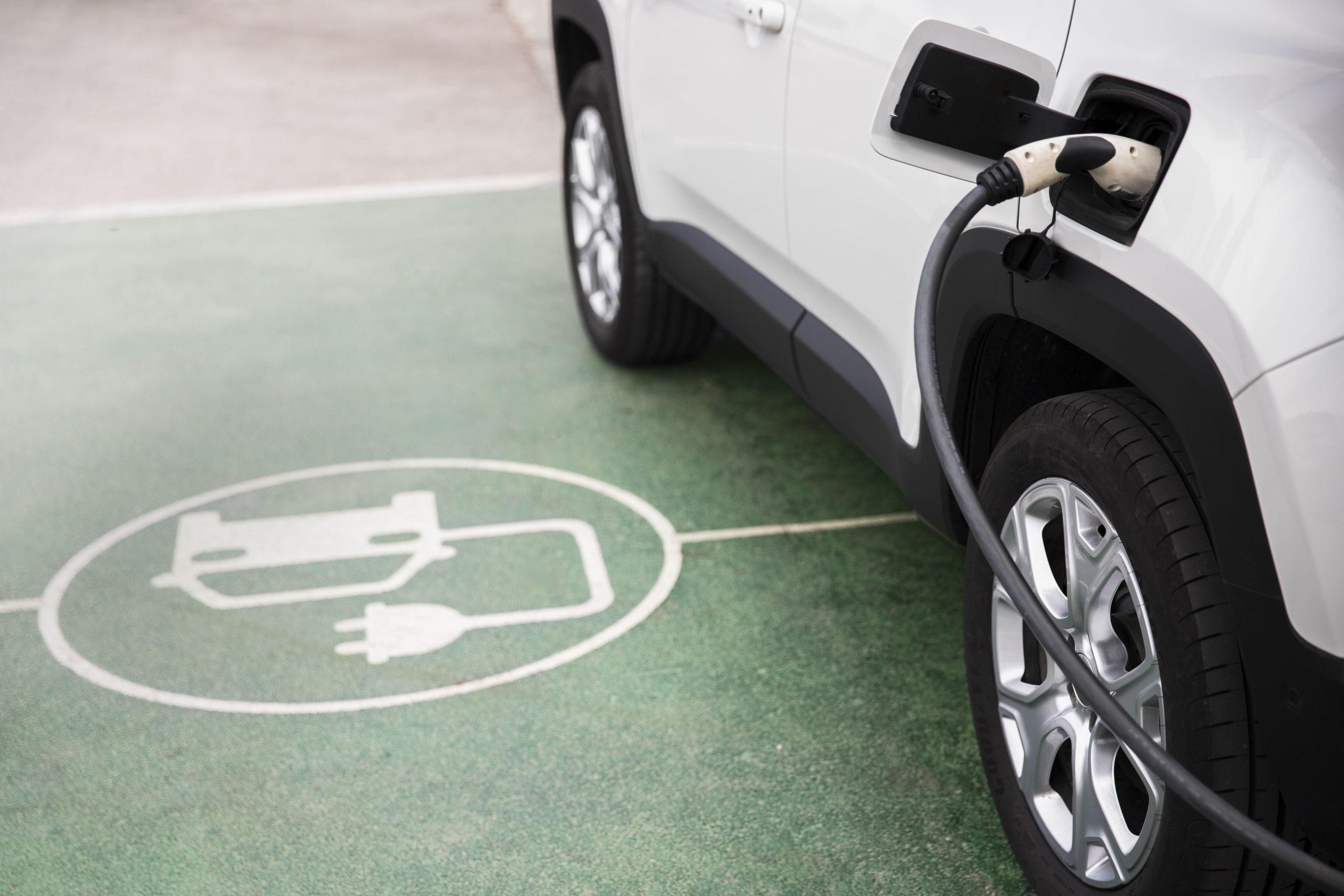Why are electric vehicles popular?
In 2023, ZEVs accounted for 11% of all newly registered vehicles in Canada.2 That number is only expected to grow in the coming years.
There are currently three types of ZEVs on the market:
- battery-electric (BEV)
- plug-in hybrid electric (PHEV)
- hydrogen fuel cell (FCV or FCEV)
To avoid confusion with all these acronyms, we’ll just label all of them as electric vehicles (or EVs for short).
Keep in mind that regular hybrid vehicles (the type that don’t have plug-in charging capabilities) are not considered electric cars or zero-emission vehicles.
EVs have surged in popularity over recent years. But what exactly makes them such an attractive transportation option for Canadians?
Compared to gas-powered vehicles, there are several possible explanations:
- Lower fuel costs: The average Canadian spends around $2,000 annually on gas.3 While that may be affordable for some, electricity is still a much cheaper fuel source. The cost to charge an EV over the course of a year is only a few hundred dollars.
- Lower maintenance costs: EVs have fewer moving parts than conventional, internal combustion cars. That means there are fewer components that can break or wear out. And, EV owners don’t have to pay for oil changes, spark plug replacements, or other mechanical services related to the drivetrain. Plus, most modern EVs come equipped with regenerative braking systems, which help preserve the brake pads and reduce the need for frequent servicing.4
- No tailpipe emissions: Unlike gas-powered cars, EVs produce no greenhouse gases.5 That, combined with the relatively steep gas prices, has many Canadians turning to eco-friendly transportation options.
- Financial incentives: The Government of Canada offered buyers of eligible ZEVs up to $5,000 in incentives.6 As of January 12, 2025, this program was paused after the allocated funding ran out.
For some drivers, there are provincial incentives, too.
In British Columbia, buyers can receive between $500 and $4,000 in incentives for eligible EV purchases, depending on the type of car and income.7
In Manitoba, buyers can receive $4,000 in incentives for purchasing a new EV, $2,500 for a pre-owned EV, or between $1,000 and $4,000 for leased models.8
In Quebec, buyers can receive up to $4,000 when purchasing a battery-electric or fuel-cell vehicle in 2025. Plug-in hybrid buyers will be eligible for up to $2,000. But by 2027, all incentives under the Roulez Vert program will be phased out.9
Incentives are also available in New Brunswick, Prince Edward Island, Newfoundland and Labrador, and Nova Scotia. However, they are not offered in Alberta, Ontario, Saskatchewan, or any of the Territories.10
What type of insurance do you need for an electric car?
Generally, auto insurance coverage doesn’t differ for gasoline cars and electric cars. The coverage options are pretty much the same, no matter which car you’re insuring. Most policies will have the following mandatory and non-mandatory coverages:
Mandatory Coverages
All drivers in Canada, regardless of vehicle type, are required to carry mandatory third-party liability coverage. It’s illegal to operate a vehicle on public roads without it.
Accident benefits coverage is also mandatory in all provinces except Newfoundland and Labrador.
Many provinces require direct compensation property damage (DCPD) coverage as well. (In some of those provinces, drivers are allowed to opt out of DCPD coverage.)
Optional Coverages
When getting a car insurance policy, you’ll have the option to add collision and comprehensive coverage if you own the vehicle outright. If your car is leased or financed, your lessor or financing company may require that you carry both.
With most insurers, if you’re willing to pay a little extra, all perils coverage gets you the broadest protection.
There is commonly a deductible on these types of claims, which you’ll pay before your insurance coverage kicks in.
To learn more about how car insurance works in Canada, check out our in-depth guide on car insurance basics.


